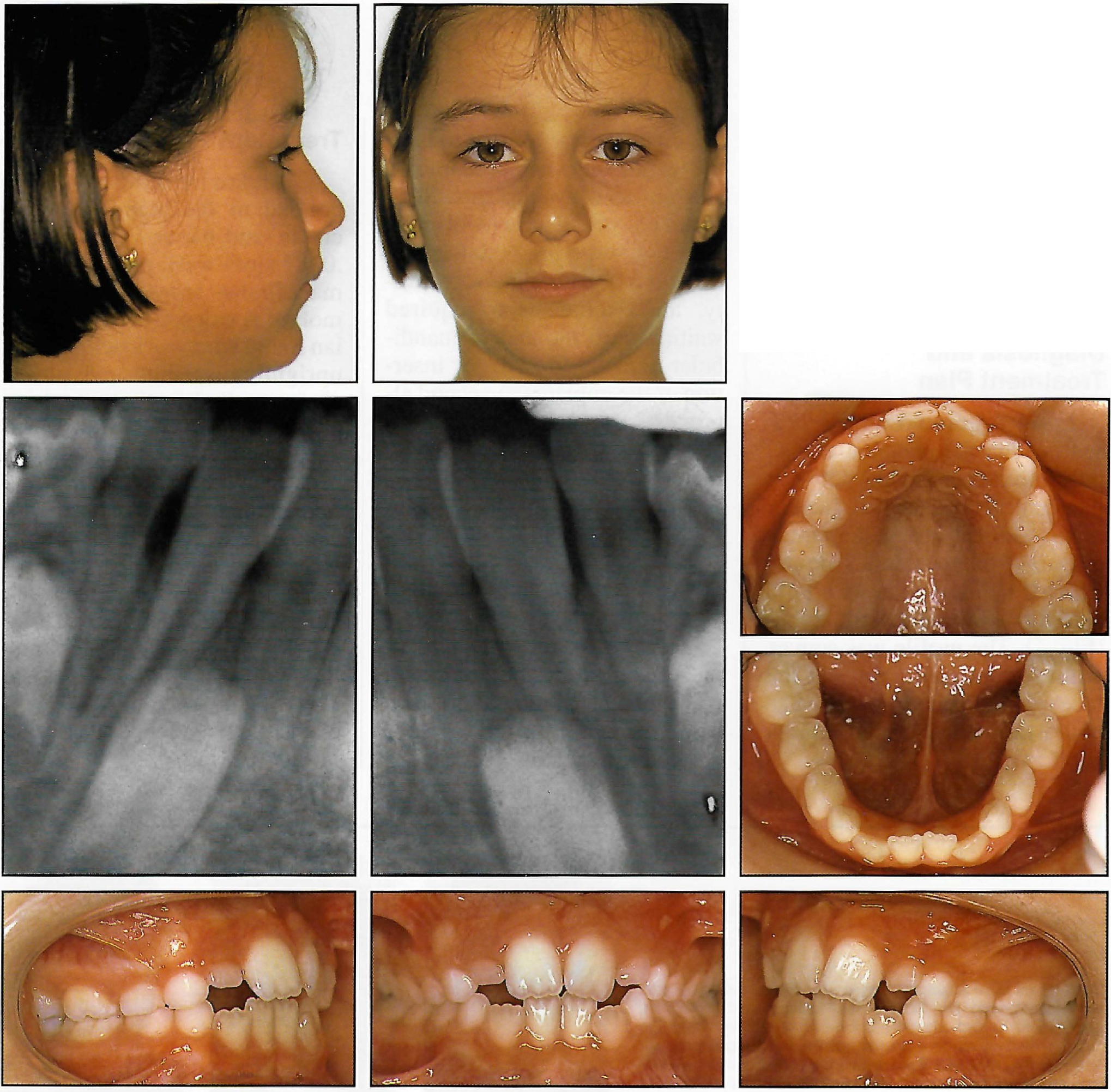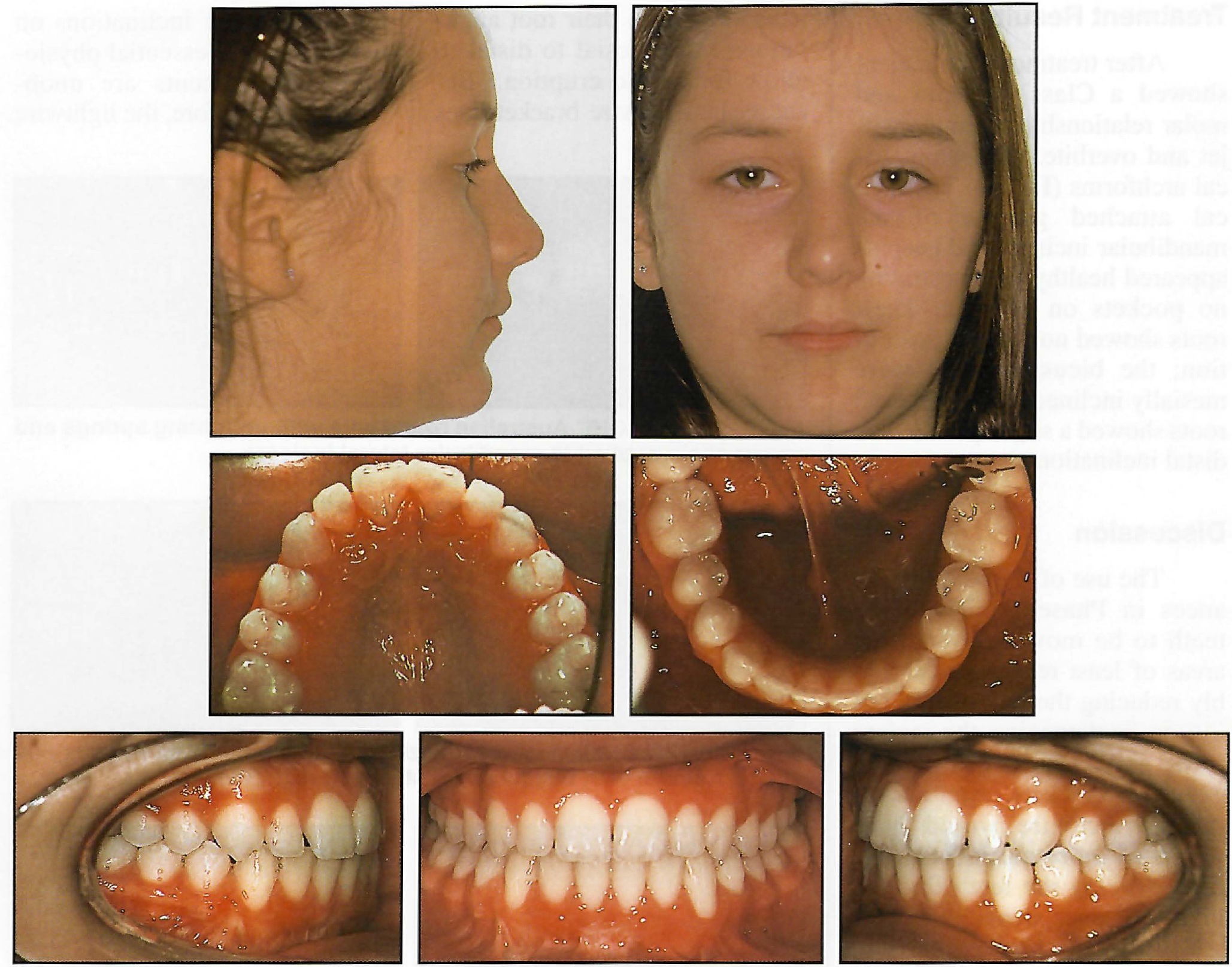The Ordeal of Change
Eric Hoffer, the longshoreman-philosopher, described in his book The Ordeal of Change the fear, uncertainty, and hesitancy he suffered as a migrant farm worker in California when he shifted from picking peas to picking string beans. When such a trivial change as this can cause a crisis in self-esteem and self-confidence, it shouldn't surprise us that more substantial alterations have the capacity for producing even more anxiety and fearfulness.
Humanity's almost visceral, instinctive fear of change may have a physiological basis, as suggested by Alvin Toffler in Future Shock. Toffler notes that change ordinarily causes stress, and stress usually precedes disease. Small wonder that in our collective genetic memory there lurks a message whispering, "Don't change. It will make you sick." Whatever the origins of our discomfort, change of any kind remains a painful experience that people will avoid whenever possible.
Perhaps the most common change experienced by orthodontists and their patients occurs when patients transfer during treatment. This starts a sequence of events that seldom work out to everyone's advantage or satisfaction. Over the years, most of the transfer patients I have received have come with a triad of needs that make them difficult to deal with:
1. The disruption of treatment almost insures that treatment time will extend beyond the original estimation. In my 30-year career as an orthodontist, I can recall only one or two transfer patients who finished sooner than the original orthodontist had forecast. This is understandable, since the transferring patient may go several weeks before calling for an appointment, and several more weeks may pass before the records are sent and received. Then it will take some time for the receiving orthodontist to assess the original diagnosis, treatment plan, and progress (or non-progress) to that point. A six-month delay is not uncommon.
2. The treatment will be more costly. I don't know why, but the remaining balances of most transfer patients seemto be inversely proportional to the time required for finishing their treatments. That is, most of the fee has already been paid, and the transferring doctor can usually justify keeping the bulk of the fee. This leaves the new doctor with the unenviable task of explaining how and why the extension of treatment will cost more while taking more time than originally thought. I have found this seldom endears me to the transferring family and, in fact, often arouses suspicion, disbelief, or outright hostility. My friend, the dentist-philosopher Dr. Howard Riley Raper, wrote a highly perceptive essay many years ago about how a second dentist can seldom hope to build the rapport a patient's first dentist had. First impressions are lasting impressions, and this works to the second orthodontist's disadvantage in two ways: They still prefer the familiarity and comfort of the first doctor, and they don't particularly like the new information or plan you have given them.
3. Ordinarily, a change in the treatment plan and/or treatment mechanics will be needed. With the abundance of techniques, philosophies, and bracket systems now employed, any time 10 orthodontists evaluate a patient, you are bound to get 12 different treatment plans. Orthodontists understand this, but parents may doubt or resent information that teeth need removing, new brackets need placement, or the patient needs new treatment mechanics or even orthognathic surgery. They have just been disjointed, disturbed, and disrupted by their move, and now they have to contend with your news. Small wonder they remain a little distant and distrustful throughout the remainder of treatment.
How do orthodontists typically respond to the challenge of transfer patients? Recently, I've surveyed several doctors at random and have found the following common responses:
1. Some doctors simply don't take transfer patients. This solution is certainly legal and even justifiable, in view of the problems that can arise, and it may work fine if other orthodontists have offices in the area and will accept transfer cases. However, when you are the only viable source of continued treatment, you probably feel a professional and ethical responsibility to do your best to resolve the orthodontic problems of the transferring patient.
2. Other doctors are highly selective in the acceptance of transfer patients. They carefully examine the prospective patient to determine whether they can complete the treatment as originally envisioned, or whether they will have to make major adjustments--therapeutic or financial. They then explain to the family what they honestly think needs doing and what their ordinary fee for these services would be, and let the patient and parents decide if that is what they want.
3. Others gulp, smile, and announce that they will happily accept whatever is left on the balance and do their best to complete the treatment in a satisfactory manner. This is probably the most irrational, most professionally unsatisfying, and least cost-effective manner of handling transfer patients, but it's the one I've found employed by most American orthodontists.
There are no easy answers to the problems of transfer patients, but a few common-sense ideas come to mind that might help a transferring orthodontist ease the turmoil a bit for the next practice:
1. Closely monitor treatment and make sure it is progressing. I can't recall the last Class II transfer patient I received who wasn't still in Class II upon arrival at our office. I understand perfectly well how difficult it is to make progress with troublesome patients. But we have the responsibility and obligation to make parents aware of non-compliance from the very first and to seek their assistance in remedying the problem--or to implement a different treatment plan early enough that treatment will advance. This requires a certain finesse on the doctor's part, and most of us aren't too good at it, but that doesn't lessen our imperative. You can at least alert the parents that factors other than doctor incompetence may be responsible for lack of progress, and should they happen to move, a different approach by a new orthodontist won't be so astonishing.
2. Be a little more reasonable about the fee. No orthodontist who sees a patient for two months of a 24-month projected treatment is entitled to one third of the fee. Yet I find more and more orthodontists justifying this type of behavior. We need to spend more time honestly evaluating the progress and future needs of our transferring patients, and then alter the financial arrangements to accommodate the receiving orthodontist as well as the patient. This may even mean giving back some money.
3. Make the receiving orthodontist completely aware of your original diagnosis, treatment plan, and progress to date. You owe your colleague the benefit of your experience with a particular patient. There is nothing more professionally destabilizing than trying to please someone who has proven unsatisfiable in the past. If a patient has been emotionally unstable in your practice, there is a high likelihood that this same behavior will be exhibited again, and the receiving orthodontist is entitled to know.
4. Finally, make the transferring family aware that the treatment time may be extended, that the new doctor may make some changes in the treatment plan, and that there is a good chance it will cost more. If families understood these simple rudiments of transferring to another orthodontic office, it would answer some unasked questions they already have, make it easier for the new doctor to continue therapy, and lessen the possibility of misunderstandings.
As long as the American public retains its bent for mobility, the number of transfer patients won't diminish. Nor can we expect some central edict to remedy the situation for us. Each transferring patient requires a unique solution that only an orthodontist can effect. Clearly, our responsibility extends beyond brackets and wires.







